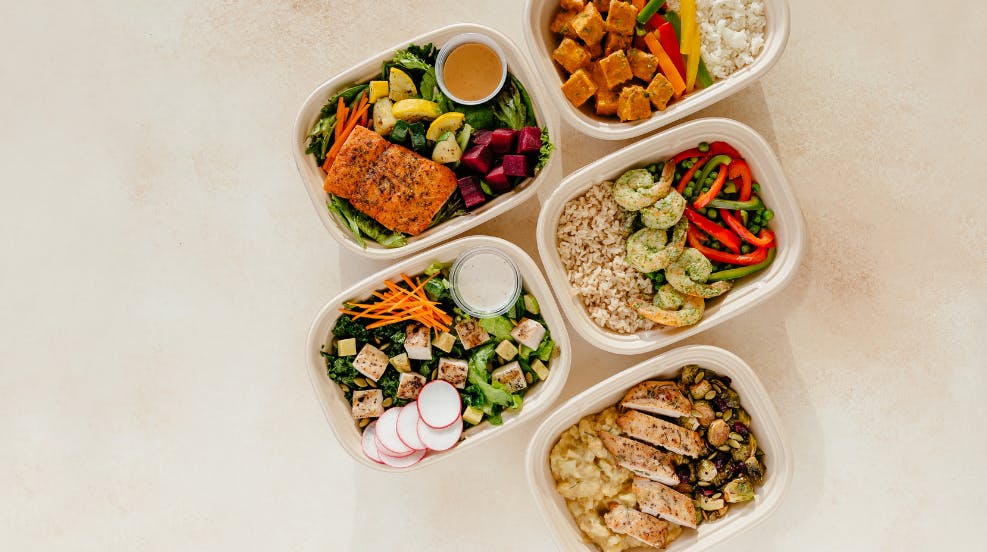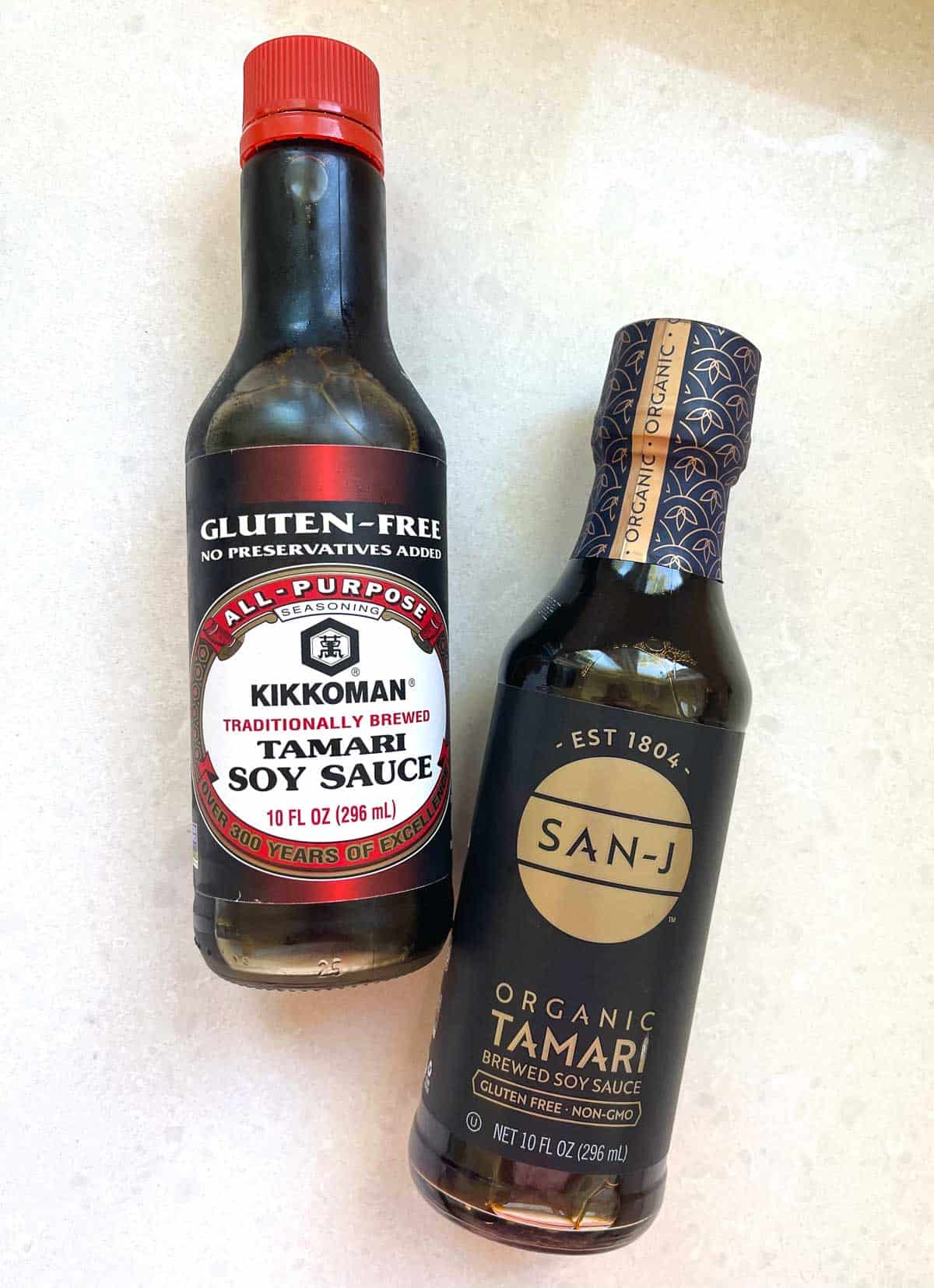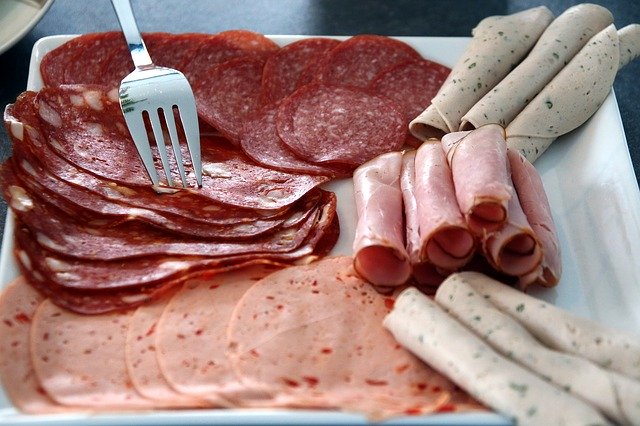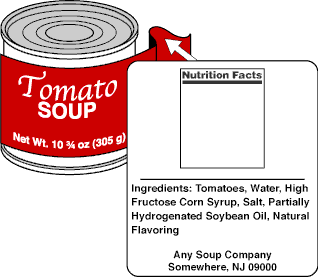Unveiling Gluten's Hidden Haunts: A Guide to the Gluten Free Diet
Beyond Bread: Identifying and Avoiding Unexpected Sources of Gluten

Embarking on a gluten free diet is more than just ditching bread and pasta. Gluten, a protein found in wheat, rye, and barley, often lurks in unexpected places. This guide will illuminate 10 hidden sources of gluten, helping you navigate the world of food with confidence and minimize gluten allergy symptoms or the discomfort of gluten free intolerance.
- 1. Sauces and Salad Dressings
- 2. Soy Sauce (Even Tamari!)
- 3. Processed Meats
- 4. Candy and Chocolate
- 5. Medications and Supplements
- 6. Lip Balm and Lipstick
- 7. Communion Wafers
- 8. Craft Supplies
- 9. Restaurant Cross-Contamination
- 10. Modified Food Starch (Unspecified)
- Conclusion: Mastering the Gluten Free Diet
1. Sauces and Salad Dressings

Many commercially prepared sauces and salad dressings use wheat flour as a thickener. This includes common condiments like ketchup, BBQ sauce, teriyaki sauce, and even some mustards. Always read labels carefully and look for gluten-free certified options or consider making your own from scratch. Gluten-free alternatives often use cornstarch or tapioca starch as thickening agents. Be particularly vigilant at restaurants where ingredient lists aren't readily available.
2. Soy Sauce (Even Tamari!)

Traditional soy sauce is made with wheat. While tamari is often touted as a gluten-free alternative, not all tamari is created equal. Many brands still contain trace amounts of wheat. Always choose certified gluten-free tamari to ensure it's safe for your gluten free diet. Look for certification labels from recognized organizations.
3. Processed Meats

Processed meats like sausages, hot dogs, and deli meats can contain gluten as a binder or filler. Some manufacturers use wheat flour or breadcrumbs to improve the texture and consistency of these products. Always check the ingredient list for wheat, rye, barley, or malt. Opt for certified gluten-free options or choose fresh, unprocessed meats whenever possible.
4. Candy and Chocolate

Candy, especially chocolate, can harbor hidden gluten. Some candies contain wheat flour as a filler or stabilizer. Others may be manufactured on shared equipment, leading to cross-contamination. Carefully examine the ingredient list and look for “wheat,” “modified food starch,” or any other gluten-containing ingredients. Choose candies specifically labeled gluten-free or opt for plain chocolate bars from reputable brands.
5. Medications and Supplements

Prescription medications, over-the-counter drugs, and dietary supplements can contain gluten as a binder or filler. Wheat starch is sometimes used to hold tablets together or to coat capsules. Before taking any medication or supplement, consult with your doctor or pharmacist to ensure it's gluten-free. They can help you find alternative formulations or brands that are safe for your gluten free diet.
6. Lip Balm and Lipstick
Although it seems unlikely, lip balm and lipstick can sometimes contain gluten. Ingesting small amounts of these products is unavoidable, so it's essential to choose gluten-free options, especially if you experience gluten allergy symptoms. Look for brands that specifically label their products as gluten-free or contact the manufacturer to inquire about their ingredients and manufacturing processes.
7. Communion Wafers

Traditional communion wafers are made from wheat flour. If you're Catholic or participate in communion, inquire about gluten-free alternatives. Many churches now offer gluten-free wafers made from rice flour or other gluten-free ingredients to accommodate those with celiac disease or gluten free intolerance.
8. Craft Supplies
Some craft supplies, particularly play dough and homemade slime recipes, contain wheat flour. Children with celiac disease or gluten free intolerance should avoid playing with these materials to prevent accidental ingestion. Opt for gluten-free play dough alternatives or use gluten-free flour in homemade slime recipes. Ensure children understand the importance of not eating craft supplies.
9. Restaurant Cross-Contamination

Even if you order a dish that appears to be gluten-free at a restaurant, cross-contamination can occur in the kitchen. Shared cooking surfaces, utensils, and fryers can transfer gluten from wheat-containing foods to your meal. Inform your server about your gluten free diet and ask about the restaurant's procedures for preventing cross-contamination. Choose restaurants that offer dedicated gluten-free menus or have experience accommodating dietary restrictions. When searching for “gluten free food near me,” be sure to call ahead and confirm their gluten-free practices.
10. Modified Food Starch (Unspecified)

“Modified food starch” is a common ingredient in processed foods. While it's often derived from corn, it can also be made from wheat. Unless the label specifically states that the modified food starch is corn-based or gluten-free, it's best to avoid products containing it, especially if you are sensitive to gluten. Contacting the manufacturer can help you ascertain the source of the starch.
Conclusion: Mastering the Gluten Free Diet
Navigating the gluten free diet requires diligence, awareness, and careful label reading. By understanding these 10 hidden sources of gluten, you can better protect your health and well-being. Remember to always check ingredient lists, ask questions at restaurants, and choose certified gluten-free products whenever possible. With practice and persistence, you can successfully manage your gluten free intolerance or celiac disease and enjoy a fulfilling, gluten-free lifestyle.